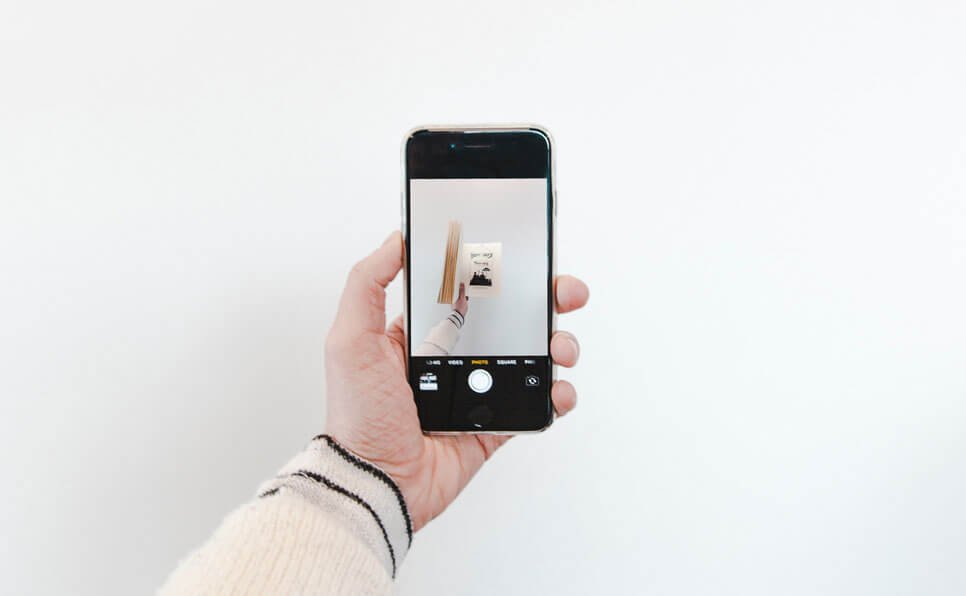Table of Contents
ToggleApple’s worst ever design fiasco: How it could happen?
Apple is renowned for its smooth, state-of-the-art pioneering designs that have transformed the tech industry. From the iconic iPhone to the elegant MacBook, Apple products have set the standard for aesthetics and functionality. However, even the tech giant isn’t immune to design missteps. In recent years, there have been a few instances where Apple’s design choices have left consumers scratching their heads and wondering, “How is this even possible?” Let’s delve into some of Apple’s worst-ever design blunders and explore the factors that may have contributed to these missteps.
The Infamous “Butterfly” Keyboard:
One of Apple’s most notorious design flaws in recent memory is the “butterfly” keyboard mechanism introduced in MacBook models starting in 2015. Marketed as a breakthrough in keyboard technology, the ultra-thin butterfly mechanism was intended to provide a more responsive typing experience while allowing for a thinner laptop profile. However, what ensued was a cascade of complaints from users experiencing issues such as stuck keys, unresponsive keys, and repeated keystrokes.
The butterfly keyboard debacle not only tarnished Apple’s reputation for quality but also resulted in numerous class-action lawsuits and a costly repair program. In response to widespread criticism, Apple eventually phased out the butterfly keyboard in favour of a more traditional scissor-switch mechanism in its newer MacBook models. Nevertheless, the saga serves as a stark reminder of the potential pitfalls of prioritizing form over function in product design.
The Notch:
When Apple introduced the iPhone X in 2017, it ushered in a new era of smartphone design with its edge-to-edge display and Face ID technology. However, the decision to incorporate a prominent “notch” at the top of the screen to house the TrueDepth camera system sparked widespread debate among consumers and tech enthusiasts alike. While Apple argued that the notch was necessary to accommodate the advanced facial recognition sensors, many users found it aesthetically displeasing and disruptive to the viewing experience.
Despite initial skepticism, the notch has become a defining feature of Apple’s iPhone lineup, appearing in subsequent models such as the iPhone XS, iPhone 11, and iPhone 12. While some users have grown accustomed to the notch over time, others continue to view it as a glaring design compromise. The ongoing debate surrounding the notch underscores the delicate balance between innovation and user experience in product design.
Antennagate:
In 2010, Apple found itself embroiled in controversy following the release of the iPhone 4, which featured a redesigned stainless steel frame that also served as the device’s antenna. Soon after the iPhone 4’s launch, reports began to surface of dropped calls and reduced signal strength when users held the phone in a certain way, leading to what became known as “Antennagate.”
Apple initially downplayed the issue, suggesting that users could avoid signal interference by holding the phone differently or using a protective case. However, mounting pressure from consumers and the media eventually forced Apple to address the issue more directly. In a rare move, Apple offered free bumper cases or full refunds to iPhone 4 owners affected by Antennagate, acknowledging the design flaw and its impact on the user experience.
Conclusion:
While Apple has undoubtedly produced some of the most iconic and groundbreaking designs in the history of consumer technology, it’s important to acknowledge that even the most innovative companies are not infallible. The butterfly keyboard, the notch, and Antennagate serve as sobering reminders that design decisions, no matter how well-intentioned, can have far-reaching consequences for both users and manufacturers.
In the fast-paced world of product development, the pursuit of innovation must be tempered by a commitment to usability, reliability, and user satisfaction. By learning from past mistakes and prioritizing user feedback, Apple can continue to push the boundaries of design while ensuring that its products deliver on the promise of excellence for years to come.





